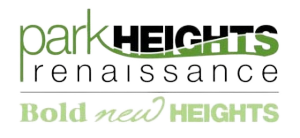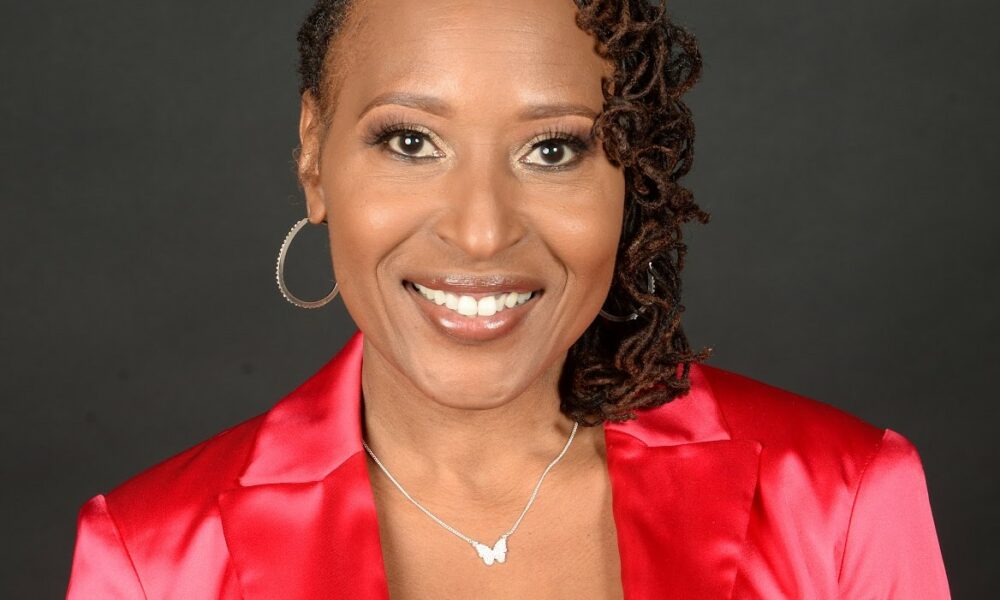Today we’d like to introduce you to Yolanda Jiggetts.
Hi, Yolanda; we’d love for you to start by introducing yourself.
Where I am today is back at home. I grew up in Park Heights. I was born at Sinai Hospital and lived in various neighborhoods early on. I reflect on this often as I move through the community. There are things you imagine for yourself and your surroundings as a child that are usually lost as the responsibilities of adulthood take root. Growing up here instilled my blueprint for the work we’re doing now. The Park Heights Master Plan, adopted in 2008, took over a decade to show its goals’ materialization. Many residents still have difficulty understanding the magnitude of the progress because of decades of delayed promises. But I see my childhood vision materializing, and I’m getting to help drive those improvements just like I imagined. I didn’t set out to do community development as a career; I’ve always wanted to help people.
After graduation from Baltimore Polytechnic Institute, a college preparatory STEM school, I took an unexpected path. I joined the US Army instead of matriculating, which was one of the best decisions ever. I didn’t know it then, but I’d begin filling my toolbox with the tools needed for my career. As an Army medic, I learned the importance of triage, gathered a wealth of operational and logistics knowledge, and experienced the impact of teamwork. I’ve carried these tenets with me throughout my career, and they are the foundation upon which the successes I’ve enjoyed have been built. After the Army, I planned to pursue nursing, but a volunteer opportunity introduced me to the Community Law Center.
After college, I applied for a paralegal position that became a stepping stone for my work in Community Development. Over the past 25 years, I’ve worked in too many departments in the Baltimore City Government to list, with the most challenging being Deputy Mayor in the Rawlings administration. I’ve also worked for the State of Maryland and enjoyed time as a consultant. My collective personal and professional experiences with resilience, vision, and mission have informed how I approach the work and why being CEO of Park Heights Renaissance (PHR) is a homecoming.
We all face challenges, but looking back, would you describe it as a relatively smooth road?
I’m an optimist, so my instinct is to say “yes,” but the truth is, this journey has been anything but smooth. It’s essential to be honest about how difficult community development work is so that those who set out to do it can be prepared, effective, and not caught off guard. Many people begin this work with a romantic or romanticized outlook. It’s too much when reality sets in, and they realize the actual need, tempo, and obstacles, and they leave an already taxed organization scrambling to regroup. We’ve lost a few people this way, but I understand what is being asked is extraordinary. We’re trying to make up for fifty years of disinvestment. I began as CEO of PHR in January 2020. Two months later, the world was shut down by the COVID-19 pandemic – but not Park Heights Renaissance. All my immediate plans were scrapped as we effectively became first responders and community health workers, helping residents navigate through pandemic-related obstacles and mobilizing community partners to help bring people and resources together amid an unprecedented crisis. I knew we wouldn’t make it without asking for help, so I reached out to all types of partners: existing funders, the National Guard, the SPCA, the NAACP, Enoch Pratt, faith leaders, former colleagues, our legislators, local businesses, friends, family and anyone who would take my call. Remember that I was the new CEO of an organization suffering from residents’ mistrust, operation incapacity, and deficient fiscal accountability. This is where growing up in Park Heights became a major benefit. Part of my nurture from this community was developing grit and determination to move past people’s defensive exteriors to meet the person behind the facade – many of whom were elusive before the pandemic. Building trust can’t be achieved from a distance, especially with people who have been disappointed repeatedly, so we went on door-knocking campaigns and had plenty of doors slammed in our faces. We returned a few days later and tried repeatedly, with more success each time.
Eventually, residents began to open up to us so we could provide support and assistance, and our ability to demonstrate results and measure positive outcomes garnered attention from all over the state; however, a lack of resources and operational capacity still needed to be addressed. It’s almost only possible to secure high-performing staff with sufficient funding. Despite our challenges, the pandemic provided a rare opportunity to assess community needs differently, develop unlikely collaborations and partnerships, and operate with gratefulness that we woke up healthy each day. Some of our friends, family, and staff members weren’t so lucky, which helped putters into perspective. It’s always the people. People matter the most. The past four years have been wrought with obstacles, but we’ve been able to address and overcome so many of them because we’ve worked together.
Alright, so let’s switch gears a bit and talk business. What should we know?
The Park Heights Master Plan (PHMP), at the time of its adoption, was the most significant urban renewal plan in Maryland. The first recommendation of the PHMP was to create a Park Heights-based community development corporation (CDC) with the capacity to effectively manage the components of the Park Heights Master Plan related to housing, economic development, and human services; serve as a positive and effective bridge and communication link between and among community residents, elected officials, other stakeholders, investors, and the City, and; conduct monitoring and evaluation of all implementation activities. While the organization has undergone a series of challenges, it is finally fulfilling its created role.
As CEO, I am sometimes taken aback when we are met with resistance for simply doing the job we were created for. No matter how positive, change is almost always met with some resistance from those who have become accustomed to the status quo. Our Conscious Community Development model seems foreign to some, but valuing collaboration over competition has been the key to effective and practical impact. We participate deeply in all the recommendation areas from the PHMP.
Realizing we could not be everything all at once, we stopped trying to work in the same way the organization had for years. We started looking for opportunities to multiply funding and maximize impact. We convened partners and stakeholders so we could all work smarter instead of in silos. In the past year, we’ve launched the Developers’ Network to strategically seek and deploy capital funding to accelerate as many projects as possible rather than competing over resources. The Workforce Development Coalition brings together partners who can supplement each other’s work with wraparound support services to ensure even the most at-risk residents have a pathway to participate in economic growth.
In December of last year, we brought together a group of community leaders to request their buy-in to a collaborative approach to advocating for the Park Heights Community, which comprises twelve distinct neighborhoods and numerous faith-based institutions. They said yes! This past month, we were honored to be designated Baltimore’s ninth Main Street, providing additional resources to focus on our retail and commercial revitalization efforts. Since the pandemic, we have been meeting with business owners to ensure they survived and found ways to thrive in a shifting economy. With our core initiatives supplemented by the newly adopted Pimlico Redevelopment plan, Park Heights is positioned for its renaissance and to serve as a thriving community development model across the country.
Is there anyone you’d like to thank or give credit to?
It’s difficult to answer this question concisely because I am so grateful to everyone who has poured into me and PHR. I would be remiss if I didn’t mention my family, who instilled in me a mental toughness and resilience that have enabled me to navigate some daunting challenges. I credit the engineering-based education I received at Baltimore Polytechnic Institute for encouraging me to engage in professional wonder and imagination – asking how to do a thing rather than asking if it can be done.
To past and present staff who have supported the work and implemented lofty visions despite challenges beyond any of our control and worked tirelessly over the past four years, I appreciate their dedication and trust. I am grateful to my personal and professional mentors, who are too many to name, who helped guide and grow my capacity to lead and bear the leadership responsibility. With their counsel and advice, I sharpened my skills in many areas of operations management, such as financial planning and management, statistical analysis, and emergency management, all of which have served me in my current position.
I especially want to acknowledge Bob Hoffman, who I met while working at Bon Secour Community Works, for demonstrating how to engage the community with grace that sometimes felt magical. He’s also counseled me on balance, boundaries, and self-care in this work. I know his words are true, but I am a work in progress. Our legislators have been great partners and champions, instrumental in Park Heights Renaissance growing into the organization it was created to be.
I also want to thank two of our private funders and our legislators, Enterprise Community Partners, and The Weinberg Foundation. Their willingness to invest in my leadership when I couldn’t show programming outcomes due to a lack of funding humbled me. I knew they invested in my potential to scale the organization toward success. This is, in part, what has fueled me over the past four years. It’s difficult to articulate the pressure you feel as a Community Development Corporation (CDC) CEO not to let anyone down – residents, business owners, legislators, partners, and funders. Still, getting everyone to buy in and contribute to your goals is equally gratifying.




